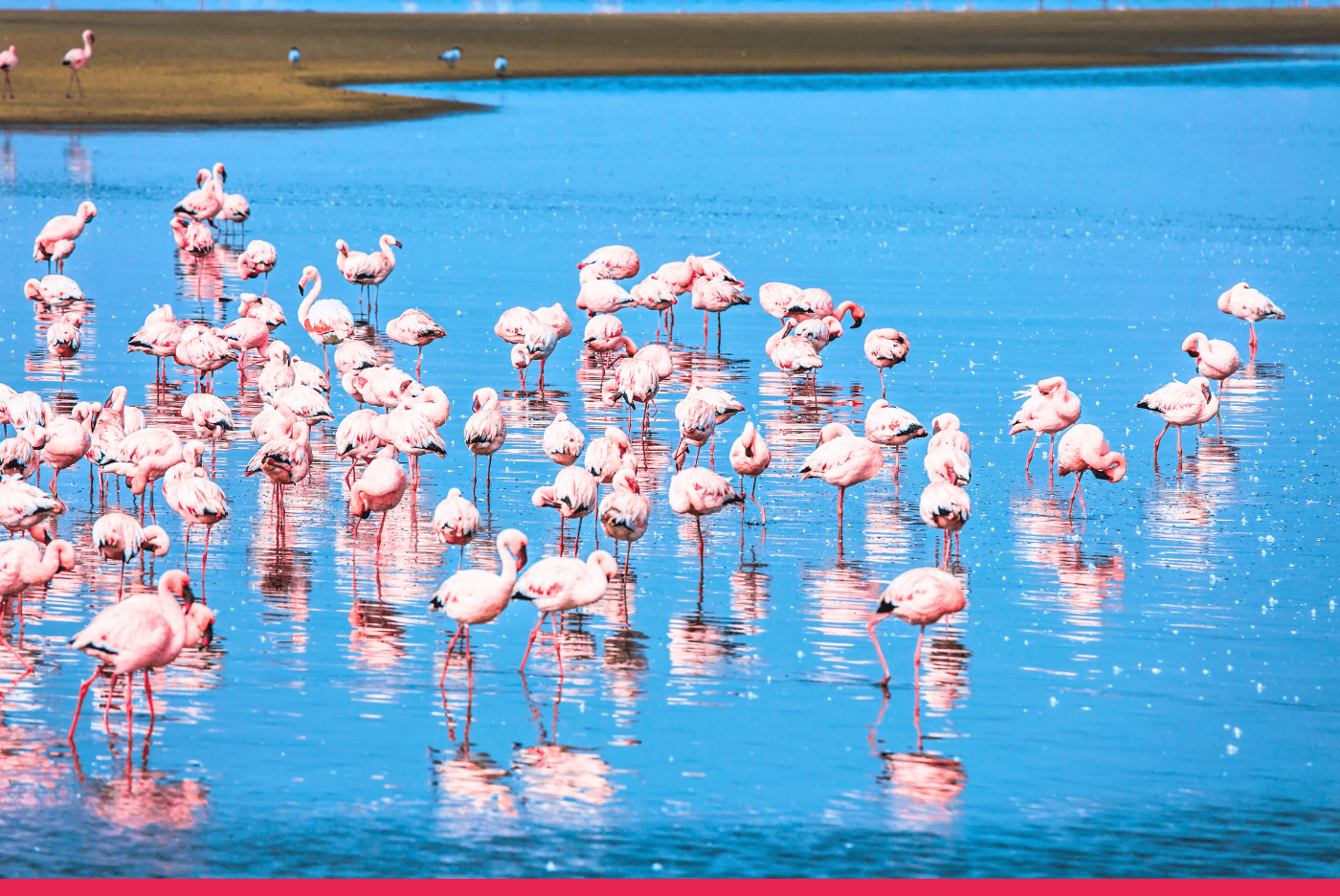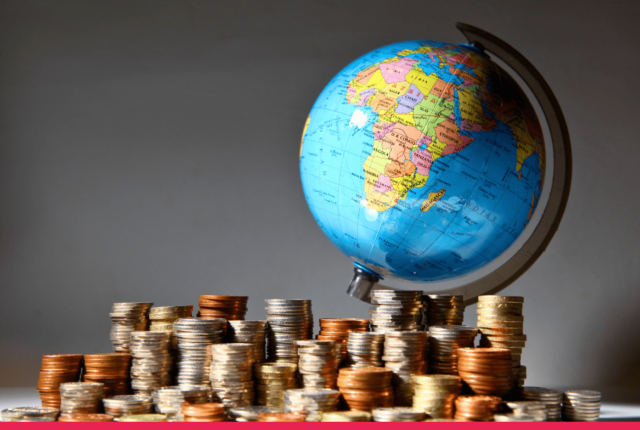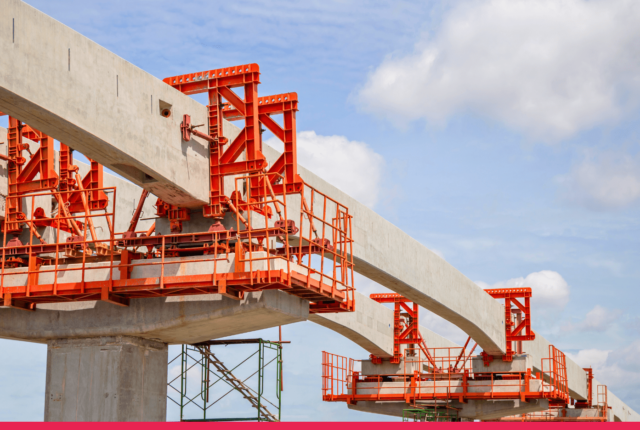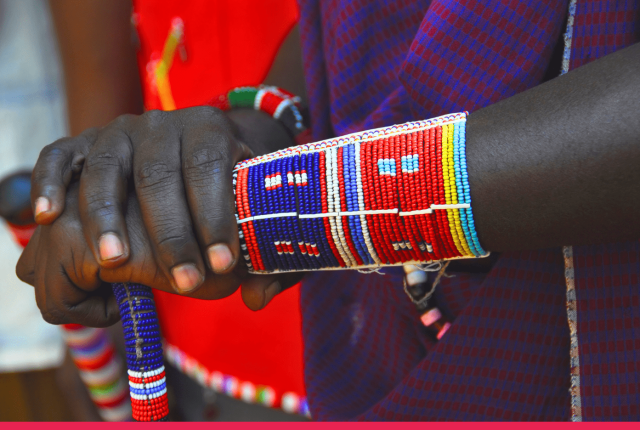
The “E” in ESG: Protecting Africa’s Natural Capital through Infrastructure Investment
Africa’s natural capital—lush forests, sprawling savannas, and vibrant waterways—is under siege. Infrastructure development, vital for closing the continent’s $100 billion annual gap (AfDB), often comes at a steep environmental cost: habitat loss, pollution, and deforestation threaten biodiversity and fuel climate change. Yet, the “E” in Environmental, Social, and Governance (ESG) offers a path to balance growth with conservation. By prioritizing environmental management through robust Environmental and Social Impact Assessments (ESIAs), mitigation measures, and renewable energy, ESG-focused investors can safeguard Africa’s ecosystems while driving prosperity. Using the LAPSSET Corridor as a case study, this blog post explores the environmental impacts of infrastructure, showcases best practices, and provides actionable advice for investors, policymakers, and businesses eager to protect Africa’s natural heritage.
The Environmental Cost of Infrastructure in Africa
Africa’s infrastructure boom—roads, dams, ports—powers economic development but risks ecological devastation. The continent lost 10% of its forest cover since 2000 (FAO), with infrastructure projects contributing significantly. The World Bank warns that unchecked development could cost Africa $2 trillion in climate damages by 2050. Key impacts include:
- Habitat Loss: Railways like Kenya’s Standard Gauge Railway fragment wildlife corridors, threatening 20% of Africa’s mammals (UNEP).
- Pollution: Port dredging, as seen in Nigeria’s Lekki Deep Sea Port, risks marine ecosystems—30% of coral reefs face degradation (WWF).
- Deforestation: Ethiopia’s Grand Ethiopian Renaissance Dam displaced forests, contributing to a 15% regional tree cover loss (Global Forest Watch).
These threats demand ESG-driven solutions to protect Africa’s natural capital—its $6 trillion in ecosystem services like water purification and carbon storage (UNEP).
The Role of ESG in Environmental Management
ESG-focused investors wield immense influence, channeling $2.4 trillion globally into sustainable projects (UN). In Africa, their focus on the “E” ensures infrastructure aligns with conservation goals, addressing investor pain points like regulatory risks and reputational damage.
Conducting Thorough ESIAs
Environmental and Social Impact Assessments (ESIAs) are the cornerstone of ESG compliance. Mandated by IFC Performance Standards, ESIAs identify risks—biodiversity loss, water stress—and propose mitigation before projects start. Morocco’s Noor Solar Complex used an ESIA to cut dust pollution by 30% through water-efficient designs (World Bank).
- Benefit: ESIAs align projects with Equator Principles, adopted by 130+ banks, unlocking funding.
Implementing Mitigation Measures
Effective mitigation turns risks into opportunities:
- Reforestation: Senegal’s Dakar-Diamniadio Toll Highway planted 50,000 trees, offsetting emissions.
- Wildlife Corridors: LAPSSET’s Isiolo-Moyale road includes wildlife underpasses, protecting migratory routes.
- Pollution Controls: Ghana’s Tema Port uses silt curtains to shield marine life, per IFC PS6 (Biodiversity).
These measures ensure projects like LAPSSET don’t sacrifice nature for progress.
Investing in Renewable Energy
Africa’s energy demand—600 million lack electricity (IEA)—can be met sustainably. Renewable projects, like South Africa’s 100 MW Kathu Solar Park, cut emissions by 300,000 tons yearly (AfDB). ESG investors prioritize such initiatives, aligning with Africa’s $10 billion green energy potential (UN).
LAPSSET: A Case Study in Environmental Stewardship
The Lamu Port-South Sudan-Ethiopia Transport (LAPSSET) Corridor—a $25 billion transboundary PPP—links Kenya, Ethiopia, and South Sudan with ports, railways, and pipelines. As an African Union PICI flagship, it’s a testbed for ESG principles.
Minimizing Impact on Wildlife Corridors
Lamu’s UNESCO World Heritage status and rich biodiversity—home to 20% of East Africa’s mangroves—demand careful planning. LAPSSET’s ESIA, guided by Kenya’s 2012 Environmental Management Act, flagged risks to migratory routes like those of elephants and turtles. Mitigation includes:
- Wildlife Underpasses: Five underpasses on the Isiolo-Moyale highway ensure safe animal passage.
- Mangrove Restoration: 100 hectares replanted to offset port dredging, protecting fisheries.
These efforts align with IFC PS6, preserving biodiversity while advancing connectivity.
Promoting Sustainable Water Use
LAPSSET’s port and pipeline operations risk water stress in arid Lamu. The project counters this with:
- Desalination Plants: Solar-powered units supply 50% of port water needs.
- Efficient Design: Pipeline routes avoid wetlands, per ESIA findings.
Such measures ensure sustainable resource use, addressing community concerns and boosting investor confidence.
Renewable Energy Integration
LAPSSET’s planned oil refinery includes solar microgrids for local communities, reducing fossil fuel reliance. This aligns with AfDB’s $750 million green bond, which funds renewable infrastructure continent-wide.
Despite progress, challenges persist—community protests over land and delayed reforestation highlight enforcement gaps. Yet, LAPSSET’s ESG focus sets a precedent for responsible investment.
Challenges and Opportunities
Challenges: Enforcement and Capacity
- Weak Enforcement: Only 15 African countries have robust ESIA laws (AfDB), risking greenwashing.
- Capacity Gaps: Limited expertise delays assessments—30% of ESIAs are incomplete (UNEP).
- Funding Shortfalls: LAPSSET’s 20% funding gap (AfDB, 2022) slows green initiatives.
Opportunities: Green Growth
- Green Bonds: AfDB’s $500 million sustainability bond (2021) can scale eco-friendly projects.
- Digital Tools: GIS mapping cuts ESIA costs by 25% (World Bank), broadening access.
- Global Demand: Europe’s $1 trillion green market seeks Africa’s sustainable projects.
Actionable Advice for Stakeholders
- Investors: Back ESG-compliant projects like LAPSSET—use IFC standards to ensure credibility.
- Policymakers: Enforce ESIA laws and train officials, mirroring Rwanda’s 2021 reforms.
- Businesses: Adopt green practices—e.g., solar integration—to win contracts and funding.
- Communities: Engage in ESIA consultations to shape sustainable outcomes.
FAQ: ESG and Africa’s Infrastructure
Q: Why prioritize the “E” in ESG?
A: It protects Africa’s $6 trillion natural capital, ensuring long-term growth without ecological loss.
Q: How does LAPSSET balance environment and development?
A: Through ESIAs, wildlife corridors, and renewable energy, though enforcement lags.
Q: What’s the biggest environmental challenge?
A: Weak ESIA enforcement—only 15 countries have robust laws (AfDB).
Conclusion: Investing in Africa’s Green Future
The “E” in ESG isn’t a hurdle—it’s Africa’s path to sustainable prosperity. By tackling environmental impacts with ESIAs, mitigation, and renewable energy, infrastructure like LAPSSET can preserve biodiversity while driving growth. Challenges like enforcement gaps persist, but opportunities—green bonds, digital tools, global markets—abound. Investors, policymakers, and businesses must act: prioritize ESG, fund green projects, and protect Africa’s natural capital. Share this post, subscribe for more, or pitch a sustainable project today—Africa’s green future starts with you.



Leave a Reply